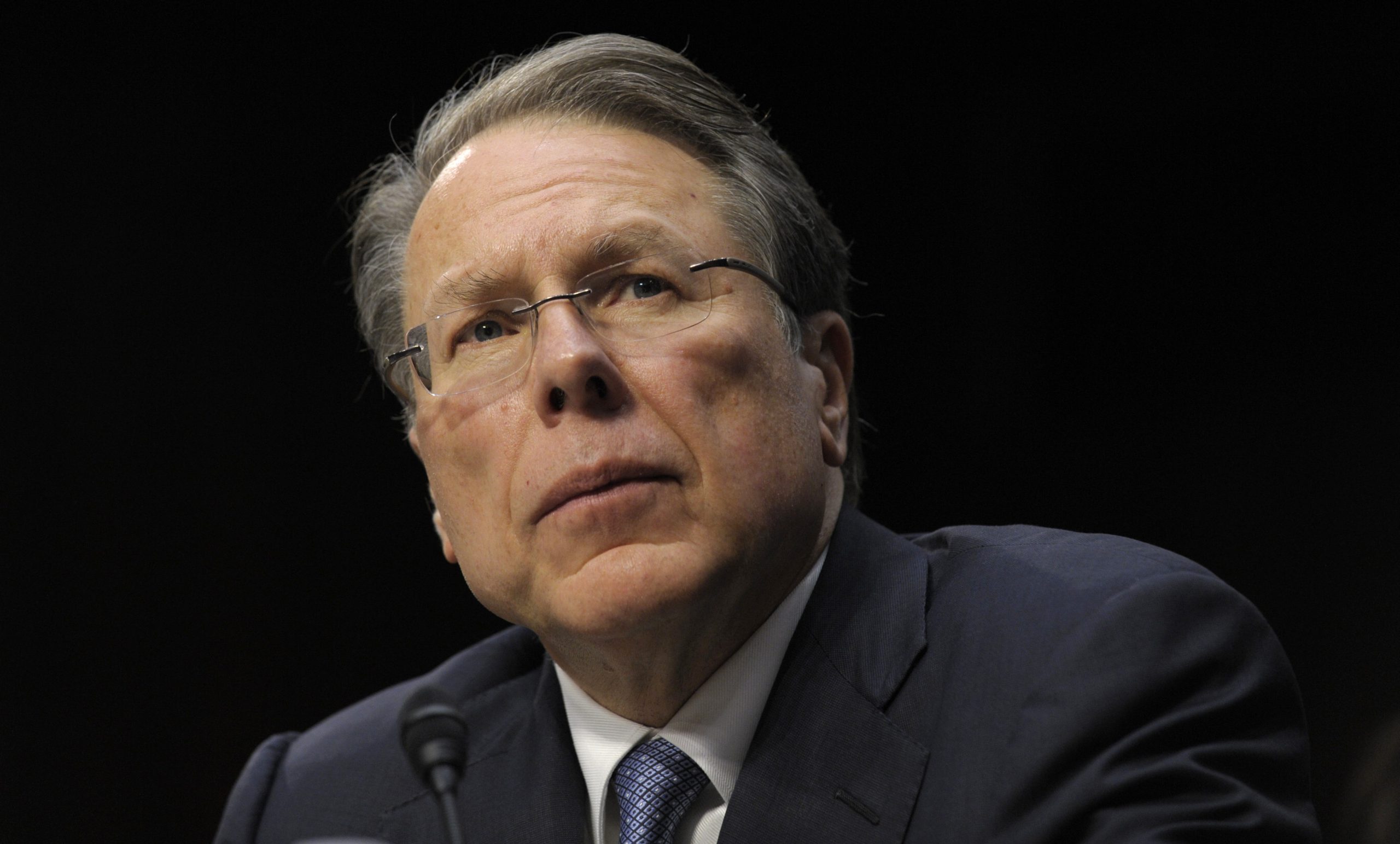What To Know Today
Senator Bob Menendez asks Wayne LaPierre to furnish details about the NRA’s School Shield program. Days after the Uvalde shooting, the NRA CEO spoke at the gun group’s convention about the effort “to help promote and fund the necessary security that every school child needs” through its School Shield program. But since the grant initiative began operating in 2014, the NRA has supplied it with under $2 million through 2019, according to a NBC News review last month, a fraction of the more than $2 billion in revenue the gun group and its foundation raised in the same period. During the pandemic, the School Shield program was largely inactive and the NRA spent just $13,900 on it in the first eight months of 2021 amid a broader drop in member revenue. In a new letter to LaPierre, the Democratic senator from New Jersey is requesting detailed information on School Shield, including who the grantees have been and how the money was used, what rules were in place to evaluate the use of the funds, any internal NRA documents and financial information related to the program since its inception, and information about staff who worked on the initiative. The letter requests the materials by July 22. News reports about the School Shield program “suggest the NRA has spent nearly a decade exploiting school shootings to fund its larger efforts,” the letter reads.
The increasing share of people who could buy a gun without a completed background check. Federal law allows a licensed gun dealer to proceed with a sale after three business days if the FBI hasn’t completed a background check, a situation known as a default proceed. In 2020 and 2021, 4.2 percent of all background checks took longer than three days, according to an NBC News analysis of FBI data released last month, a higher share than at any point since 2014. For 2020 and 2021, that comes out to 1,002,274 unfinished background checks that could have proceeded to a sale. The numbers are an undercount because they only include background checks processed by the FBI, not the 19 states that run some or all of the process.
Can income assistance lower gun violence? A review finds that the limited evidence is promising. Studies have shown that policies targeting social factors like economic or public health inequality can mitigate the conditions that make gun violence more likely. A team of five public health researchers at the University of Washington, led by Professor Ali Rowhani-Rahbar, searched social science databases to evaluate the evidence for one such link — how income assistance affects interpersonal gun violence. They found four relevant studies — three conducted in the U.S. and one in Brazil — all of which pointed to reductions in violence because of the policy. But while the evidence from those studies is promising, the limited nature of the research points to clear knowledge gaps, the authors write: “Developing, implementing, refining, and evaluating programs, policies, and systems to support income may provide additional tools, beyond gun laws, to reduce the burden of firearm violence globally.”
The LAPD fatally shot three people in a week-long span. An incident Thursday evening in which police were called about a knife-wielding man was the latest. Police released few details in each case. Overall this year, Los Angeles officers have fatally shot eight people in 12 shootings in which an officer shot someone. Last year, the LAPD fatally shot 18 people, up from seven in 2020 and a 30-year-low seen in 2019.
Data Point
30 — the number of minors in Syracuse, New York, who have been charged with a homicide in the past six years. The city’s rate for teens charged with homicide is 13 times the national rate and more than double that of New York City, Los Angeles, and the rest of the 10 largest cities that reported data to the FBI. [Syracuse.com/The Post-Standard]

